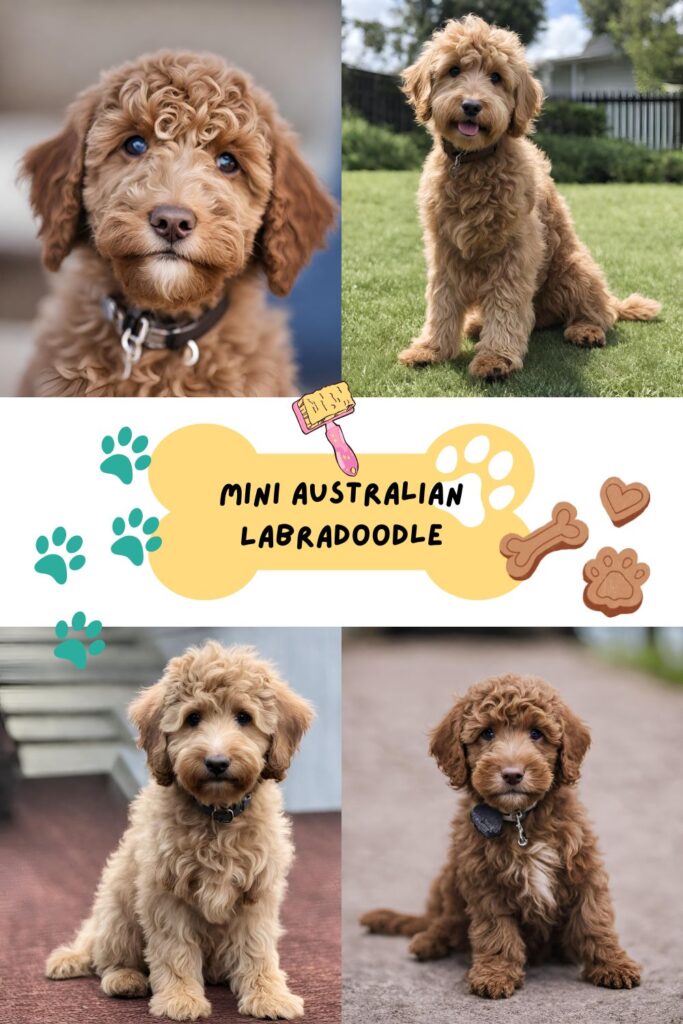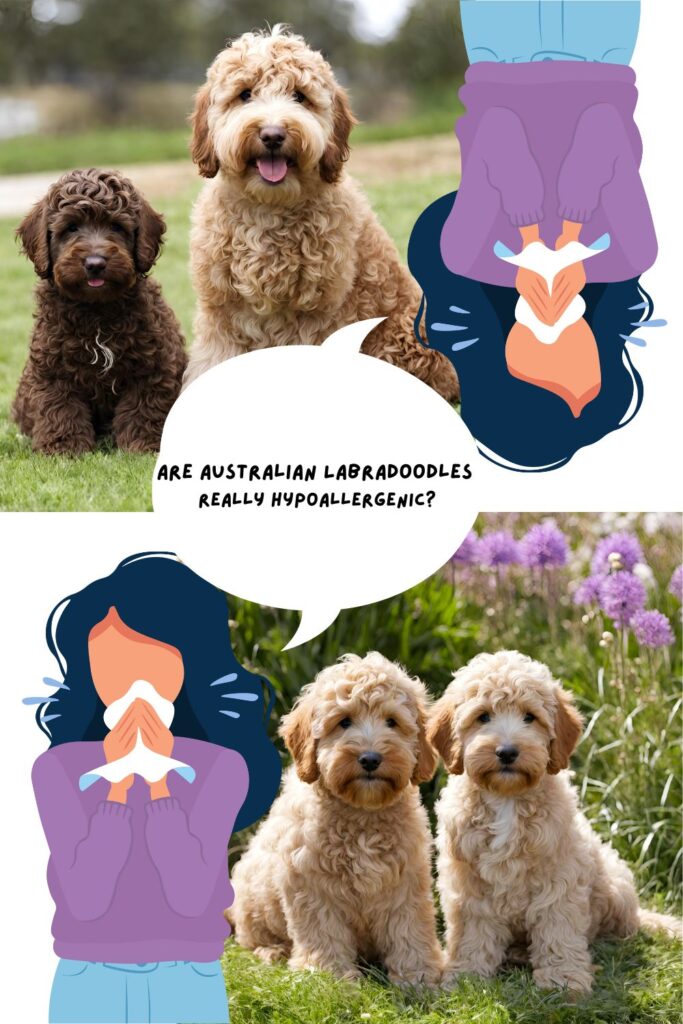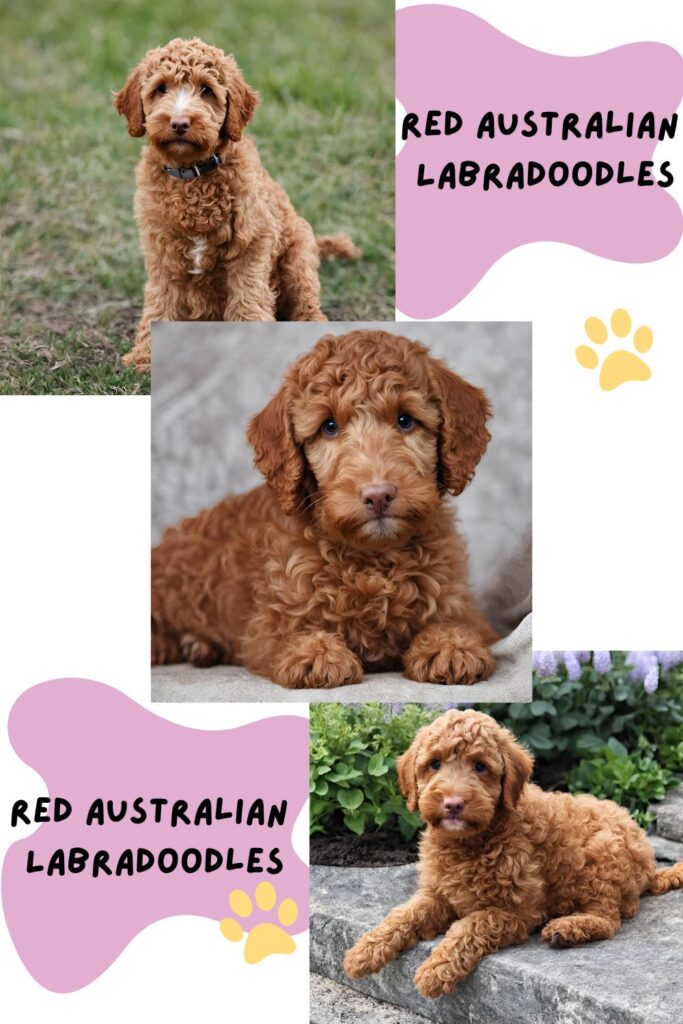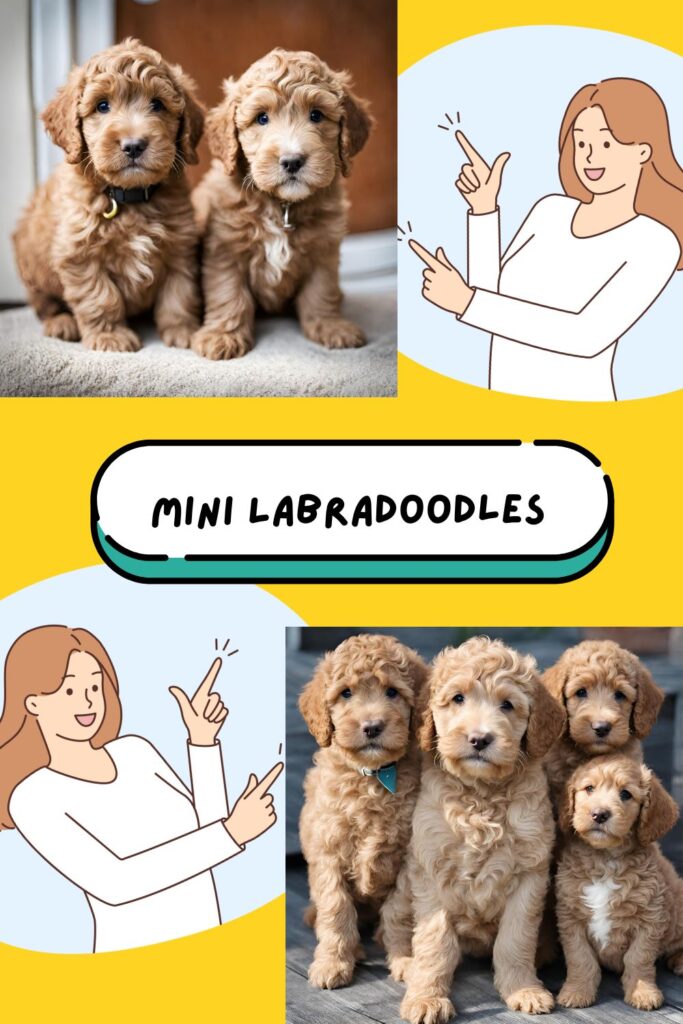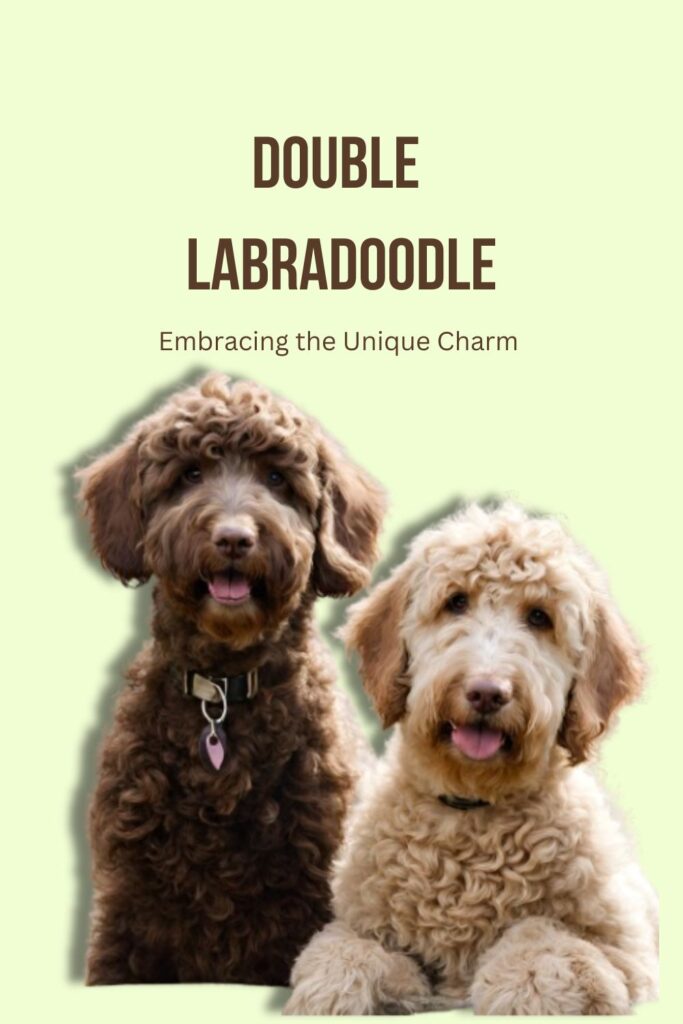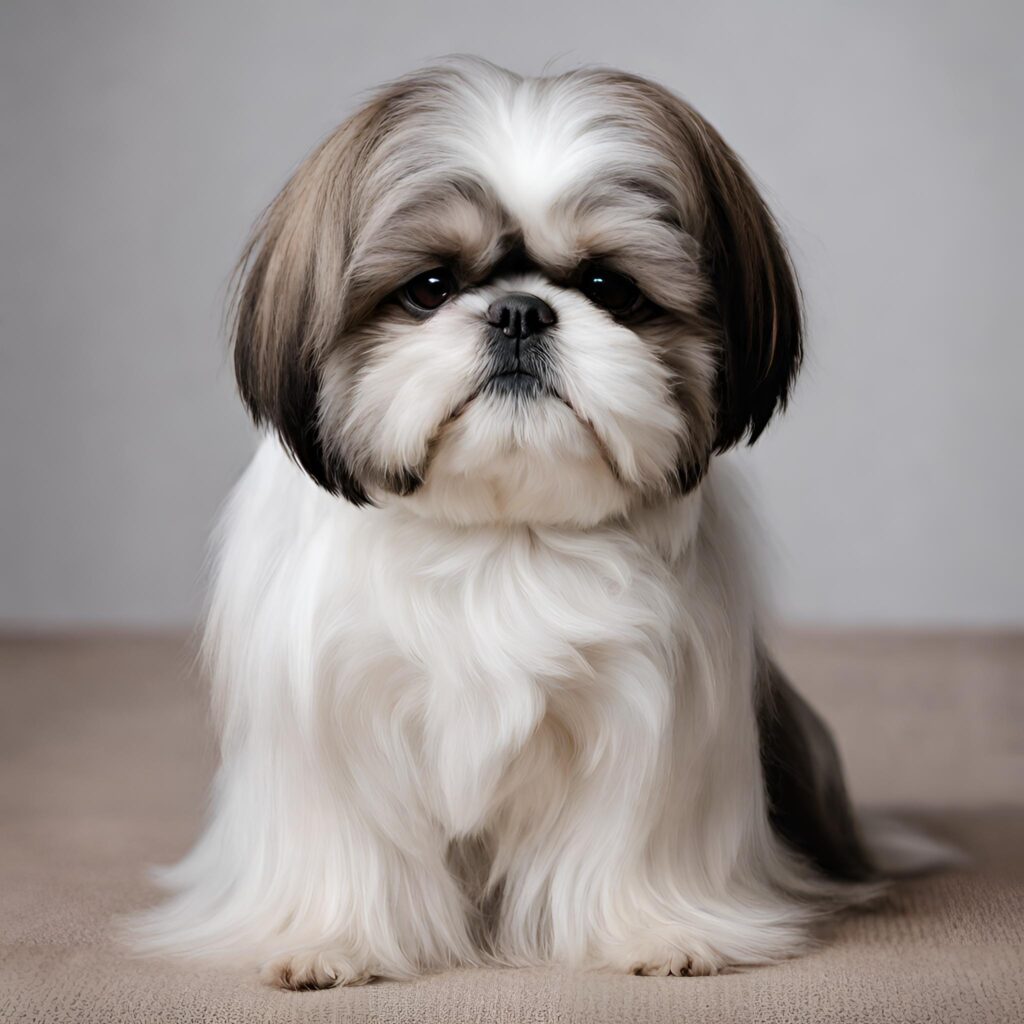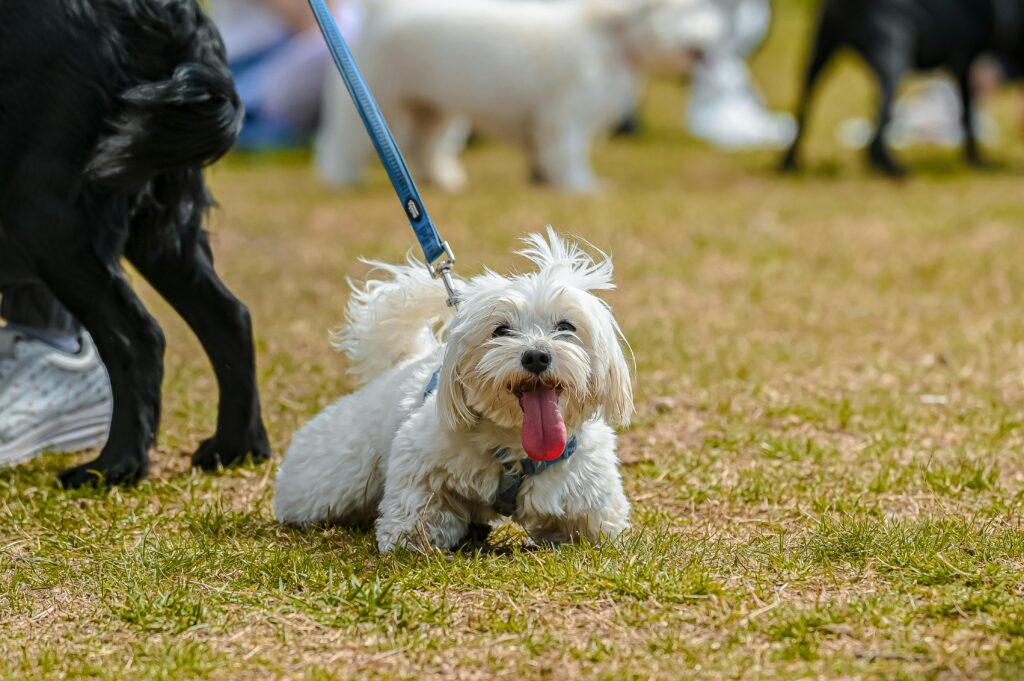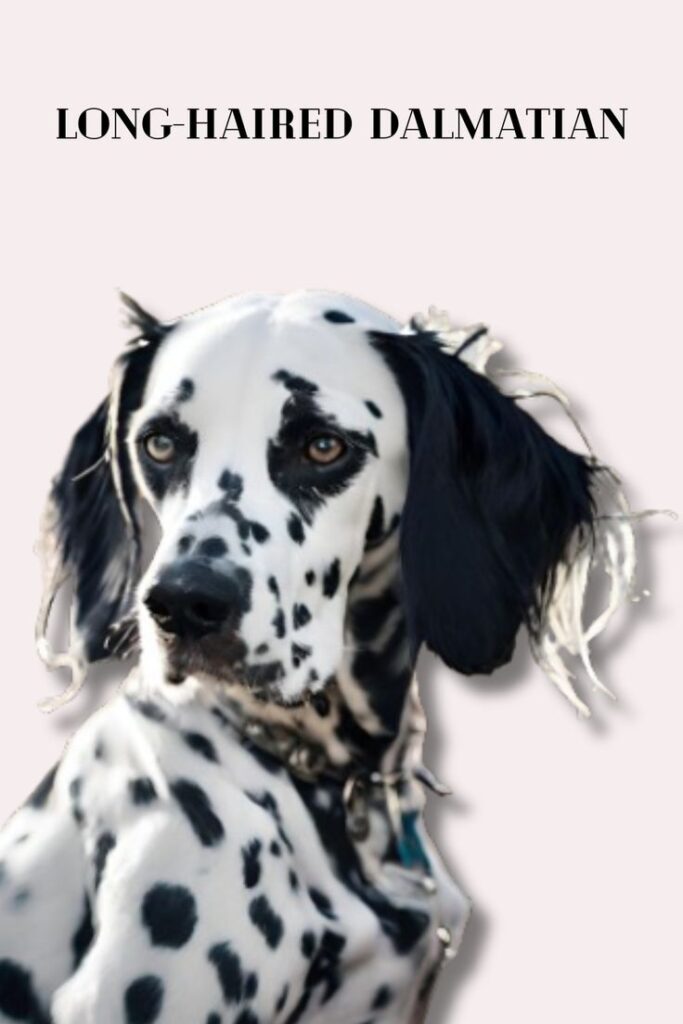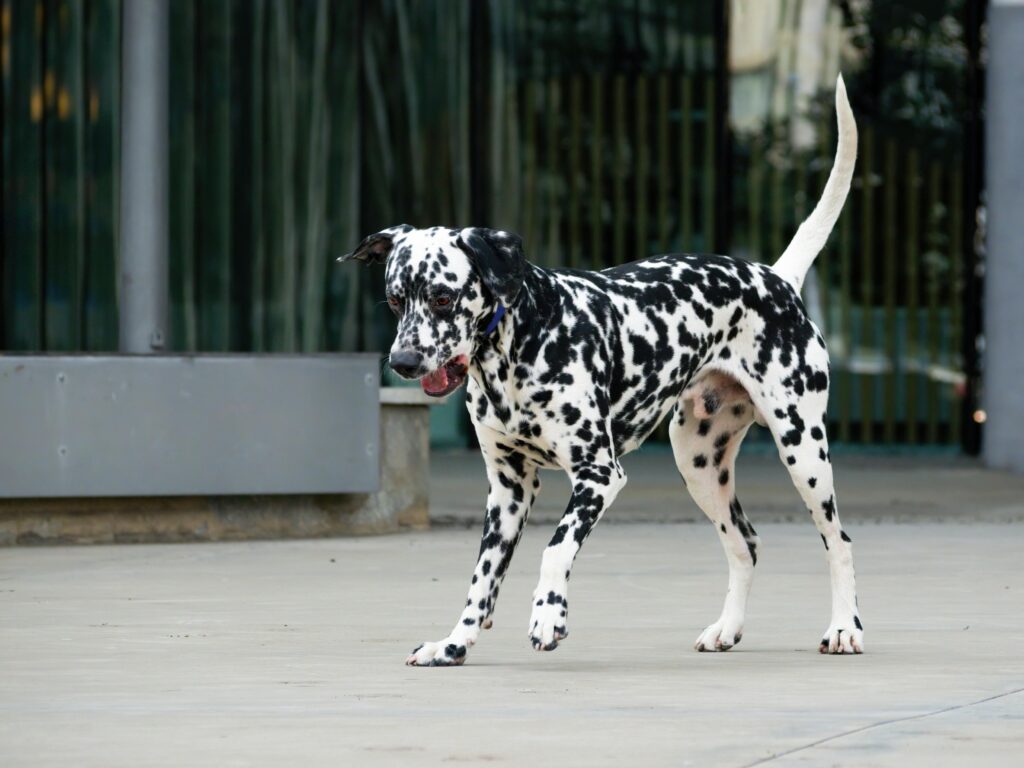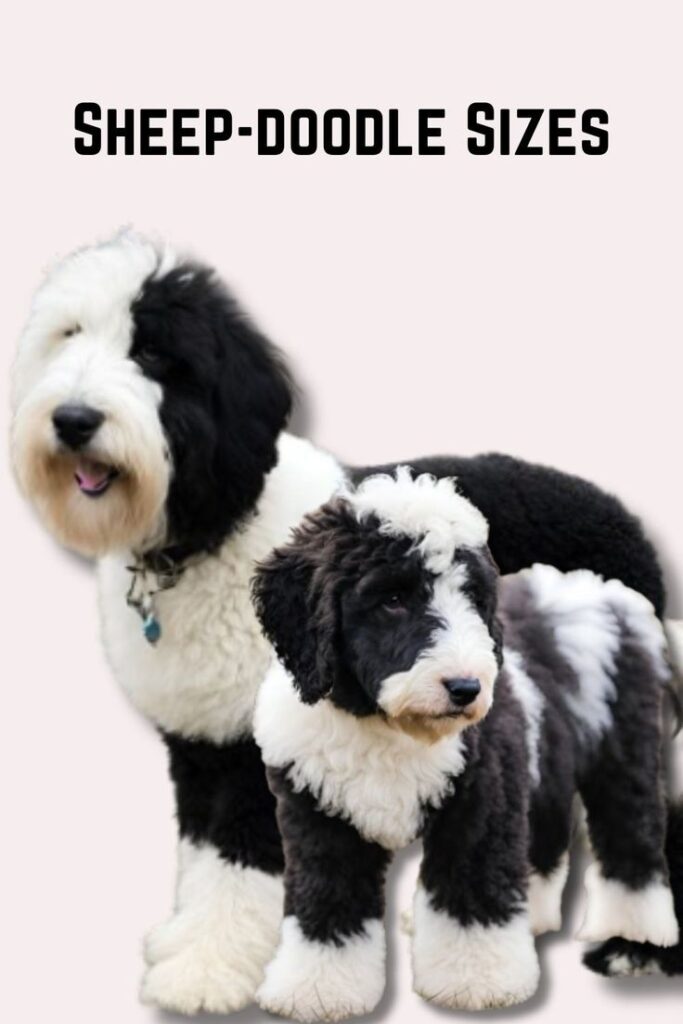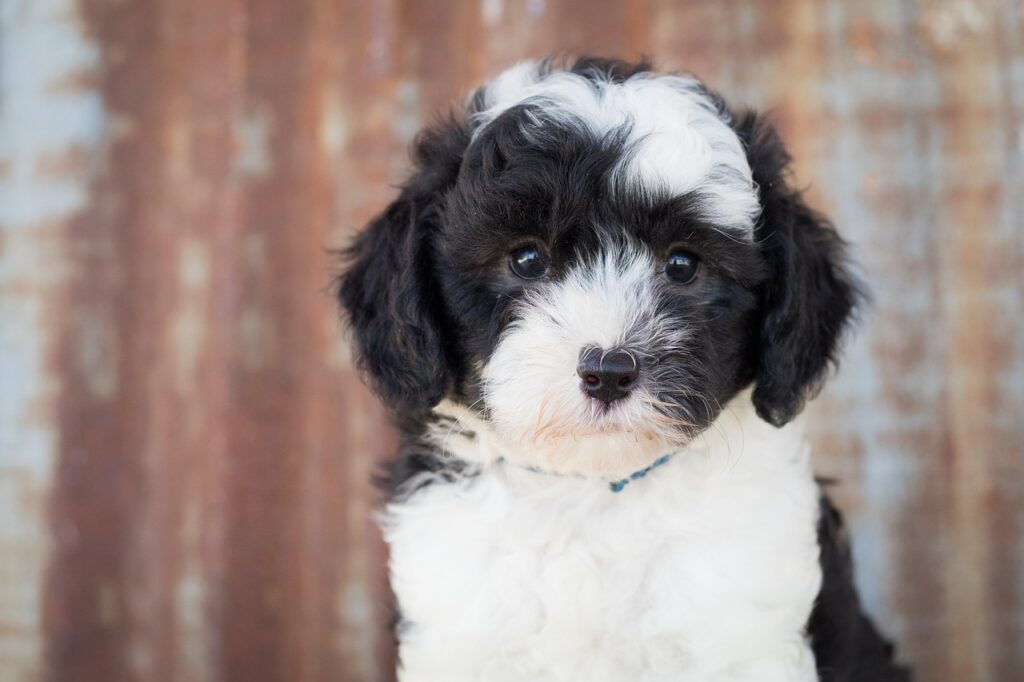The Mini Australian Labradoodle: Dog Breed Complete Guide
Introduction
Welcoming a Mini Australian Labradoodle into your life is an adventure filled with joy and companionship. This guide aims to explore the characteristics, benefits of adoption, and the considerations when choosing a breeder for these delightful mini companions.
Characteristics of Mini Australian Labradoodles
Mini Australian Labradoodle is a crossbreed between Miniature Poodles and Australian Labradoodles, which are themselves a mix of Labrador Retrievers and Poodles. Here are some general characteristics of Mini Australian Labradoodle:
1. Size:
Mini Australian Labradoodle is smaller than standard Australian Labradoodles. They typically stand between 14 to 17 inches tall at the shoulder.
2. Weight:
They generally weigh between 15 to 25 pounds, making them a more compact and manageable size.
3. Coat:
Mini Australian Labradoodles often have a wavy or curly coat that is low to non-shedding, making them a potential option for individuals with allergies. Their coat colors can vary, including chocolate, cream, apricot, black, and more.
4. Intelligence:
Like their parent breeds, Mini Australian Labradoodles are known for their intelligence. They are often easy to train and can excel in obedience training.
5. Temperament:
They are known for being friendly, sociable, and good with families, making them suitable as both family pets and therapy dogs.
6. Activity Level:
Mini Australian Labradoodles have a moderate to high energy level. Regular exercise and mental stimulation are important to keep them happy and healthy.
7. Hypoallergenic:
While no dog is completely hypoallergenic, the low-shedding coat of Mini Australian Labradoodles may be more tolerable for individuals with allergies.
8. Health:
Like all breeds, they can be prone to certain health issues, including hip dysplasia and progressive retinal atrophy. Responsible breeding practices can help minimize these risks.
9. Lifespan:
On average, Mini Australian Labradoodles have a lifespan of around 10 to 15 years, depending on their overall health and care.
10. Social Nature:
They are typically social dogs that enjoy human companionship and may get along well with other pets.
Remember that individual dogs may vary, and it’s important to consider the specific characteristics of each dog and the quality of breeding when looking for a Mini Australian Labradoodle. Regular grooming and attention to their exercise needs are also essential for their well-being.
Temperaments of Mini Australian Labradoodles
Miniature Australian Labradoodles are known for their friendly and sociable nature. Temperaments can vary among individual dogs, but there are some common characteristics associated with this breed:
1. Friendly and Social:
Mini Australian Labradoodles are generally known for being friendly, outgoing, and social dogs. They usually get along well with people, children, and other pets.
2. Intelligent:
Labradoodles, in general, are known for their intelligence. This trait makes them easy to train, and they often excel in obedience training and various canine activities.
3. Energetic:
These dogs are typically active and energetic, requiring regular exercise and mental stimulation to keep them happy. Daily walks, playtime, and interactive toys are important for their well-being.
4. Loyal:
Mini Australian Labradoodles are often loyal to their families, forming strong bonds with their owners. They may exhibit protective instincts and can make good watchdogs.
5. Adaptable:
They tend to be adaptable to various living situations, whether in apartments or houses with yards, as long as their exercise needs are met.
6. Allergy-Friendly:
One of the reasons for breeding Labradoodles was to create a hypoallergenic guide dog. While individual reactions may vary, many people with allergies find that they tolerate Mini Australian Labradoodles well.
Remember that individual dogs may display variations in temperament, even within the same breed. Early socialization and consistent training are important to help shape a well-behaved and well-adjusted dog. If you are considering getting a Mini Australian Labradoodle, it’s a good idea to spend time with the specific puppy or dog you’re interested in to gauge its personality and compatibility with your lifestyle.
Size of Mini Australian Labradoodles
The size of Miniature Australian Labradoodles can vary, but they are typically smaller than standard Labradoodles. On average, Mini Australian Labradoodles stand between 14 to 16 inches tall at the shoulder and weigh between 15 to 25 pounds. Keep in mind that individual dogs may fall outside this range.
These dogs are a smaller version of the Australian Labradoodle, which is a crossbreed between a Labrador Retriever and a Poodle. Size can also be influenced by the size of the Poodle parent used in the breeding process. If you are considering getting a Mini Australian Labradoodle, it’s essential to check with breeders to get more specific information about the size of the particular dog you are interested in.
Hypoallergenic Coats of Mini Australian Labradoodles
Mini Australian Labradoodles are a crossbreed between a Miniature Poodle, Labrador Retriever, and Australian Shepherd. When it comes to hypoallergenic coats, it’s important to note that individual dogs may vary, as coat characteristics can depend on the specific genetics of each dog.
Generally, Mini Australian Labradoodles are known for having low-shedding and allergy-friendly coats. Their coats can be curly or wavy, and they often have a soft and non-matting texture. This characteristic makes them suitable for individuals with allergies, as they tend to produce fewer allergens than breeds with more traditional coats.
It’s essential to understand that while Mini Australian Labradoodles are considered hypoallergenic, there is no completely hypoallergenic dog. People with allergies should spend time with a dog of this breed before committing to ensure compatibility.
If you’re looking for a specific breeder or more detailed information on a particular Mini Australian Labradoodle’s coat characteristics, it’s recommended to contact reputable breeders or breed-specific forums for personalized advice and insights.
To find more about the Australian Labradoodle, check out our recent blog post: Are Australian Labradoodles Hypoallergenic: Discover 5 Facts About the Muse Behind the Myth
Conclusion
As we conclude this exploration of Mini Australian Labradoodles, we invite you to share your experiences, thoughts, and questions in the comments below. Whether you’re a proud owner, considering adoption, or seeking more information, let’s build a community that celebrates the joy and charm of these mini doodles!


